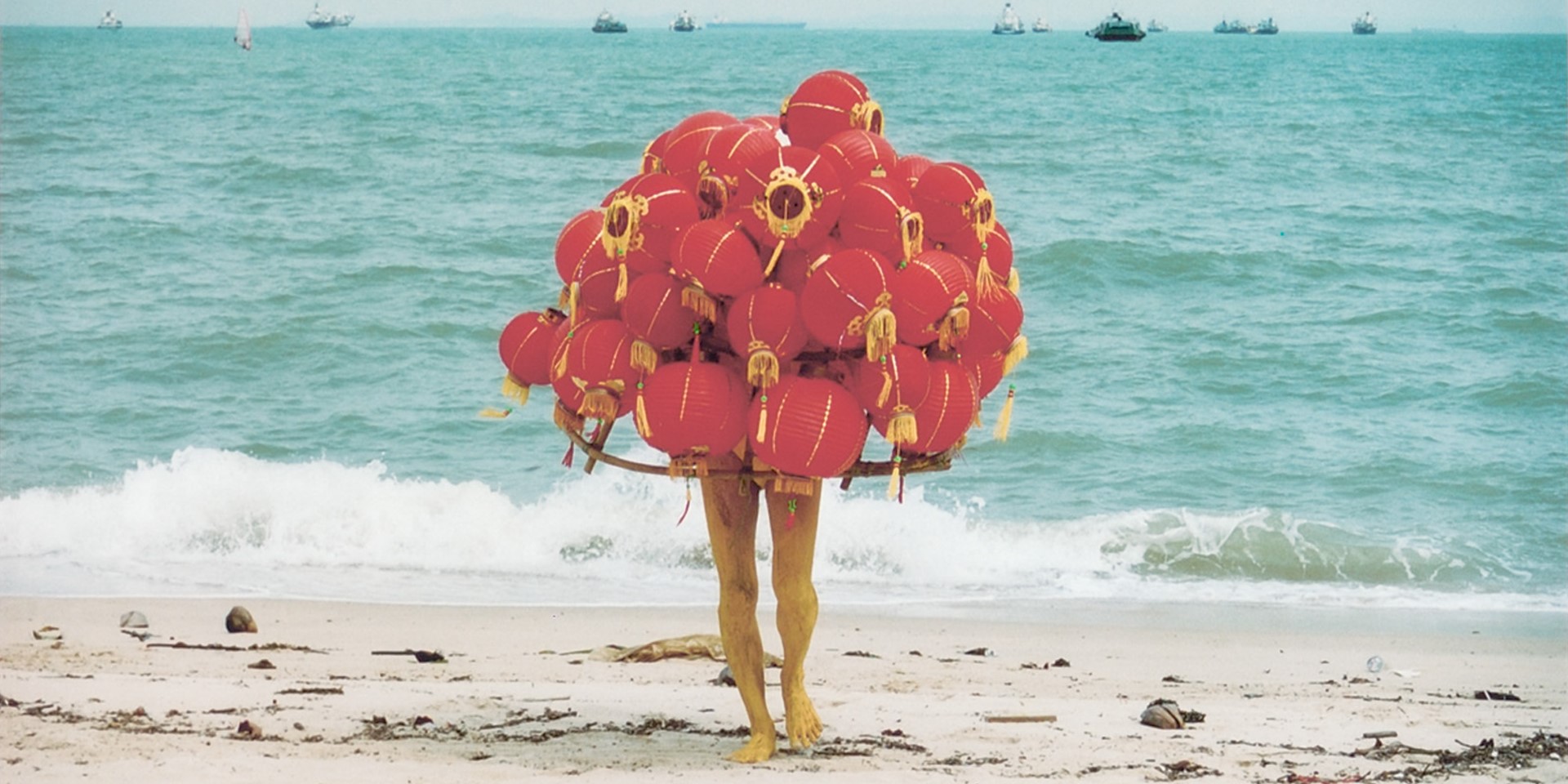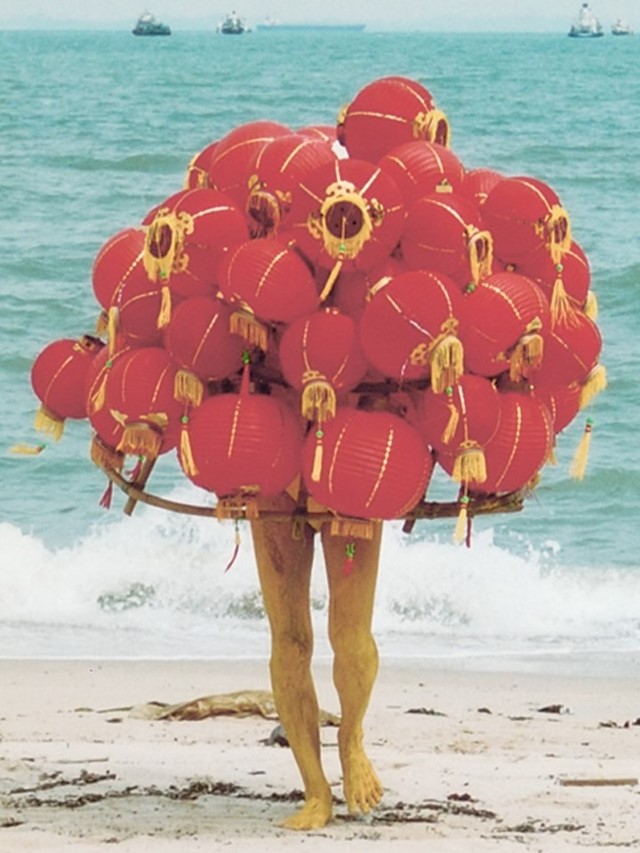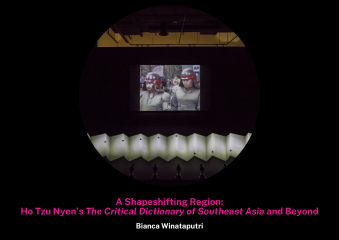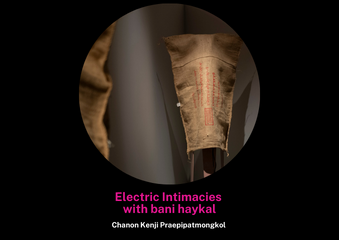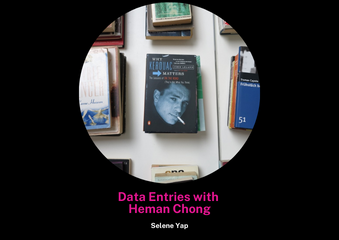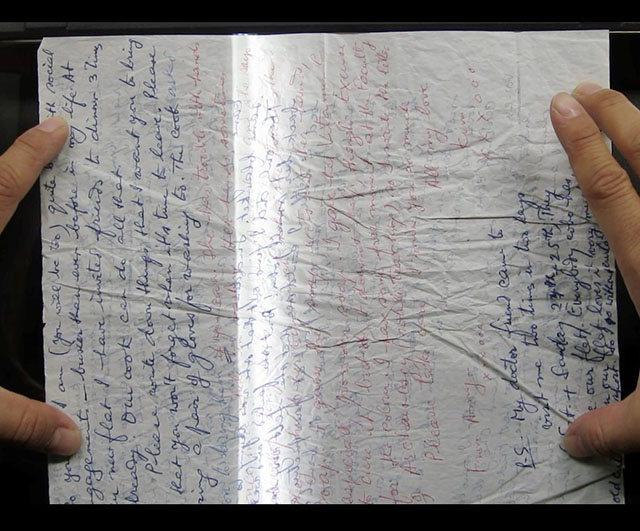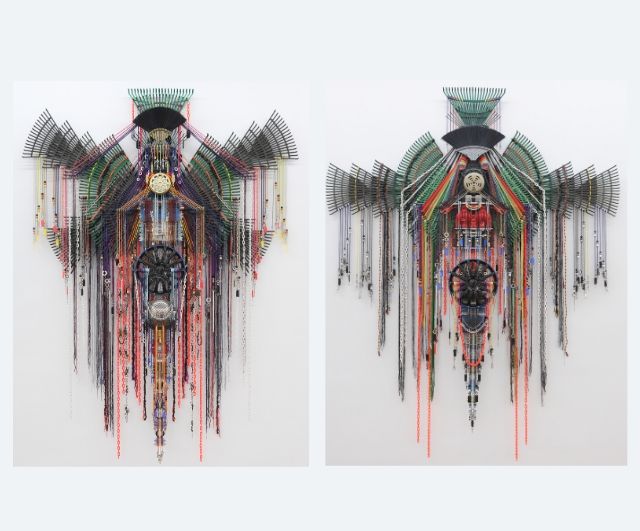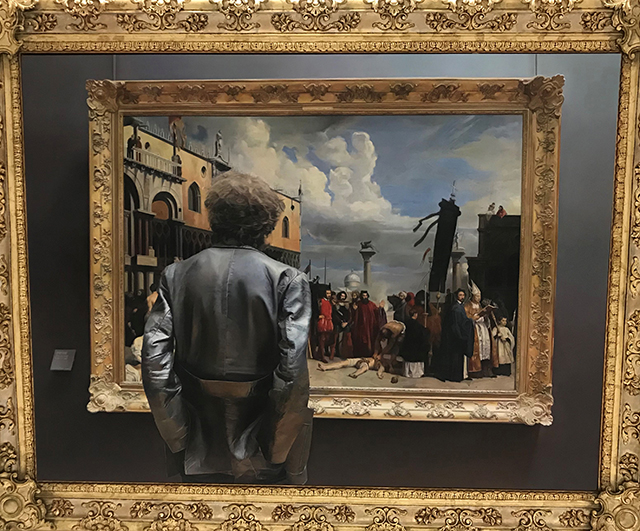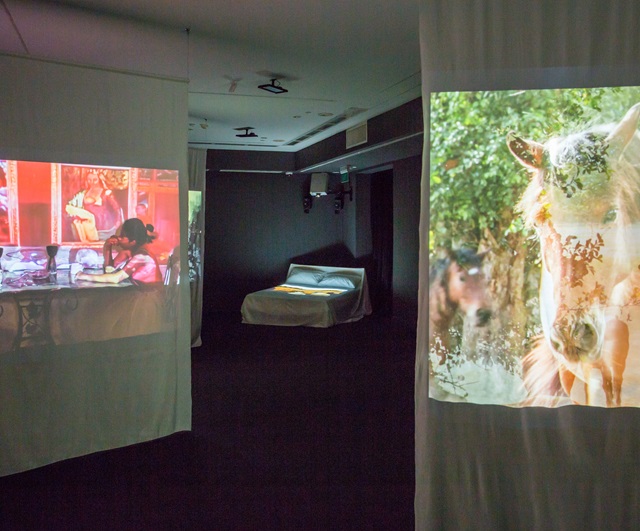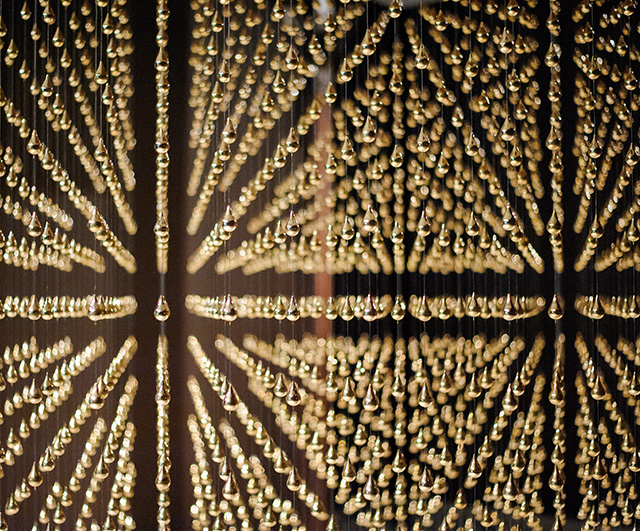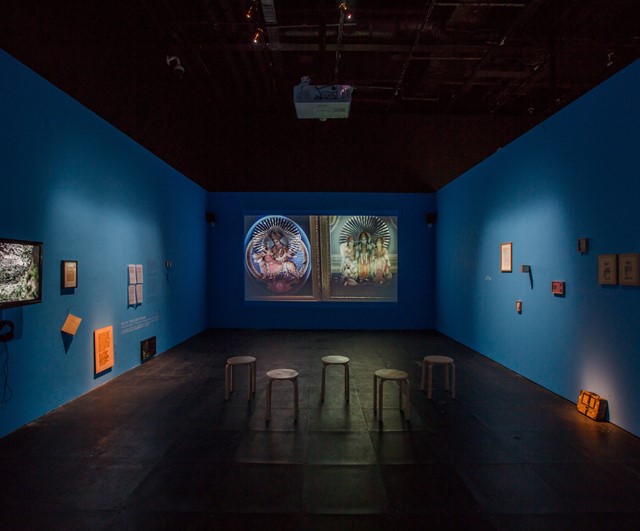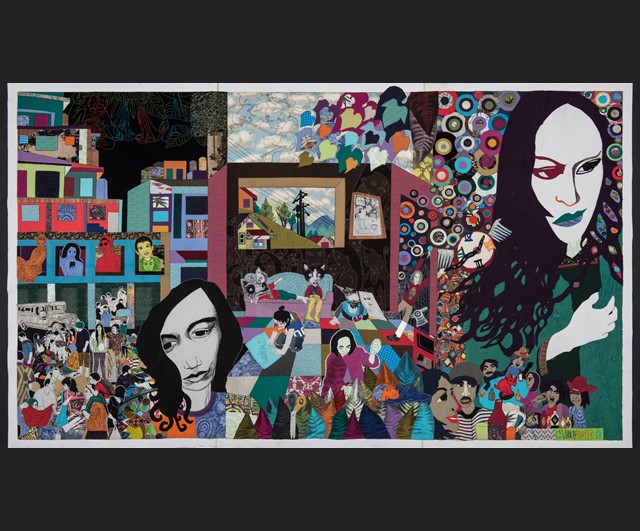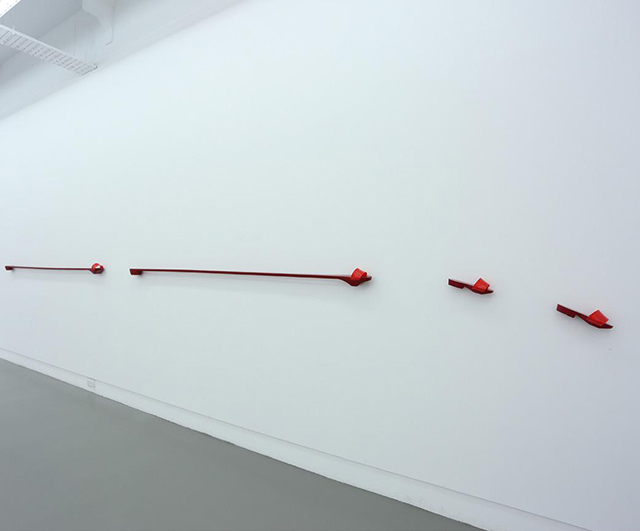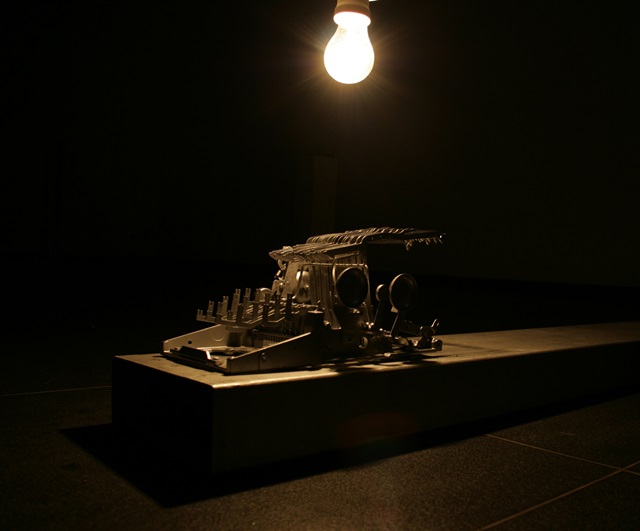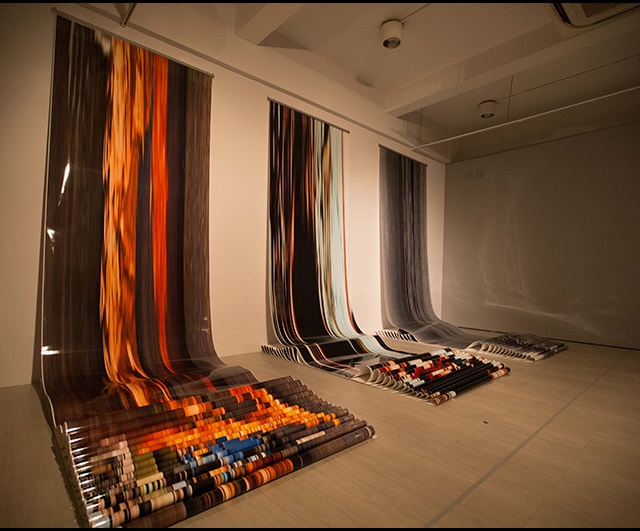SAM’s collection focuses on contemporary Southeast Asian art, while also encompassing the wider Asian region, such as China, India, Korea and Japan, to provide a broader cultural context for the core collection. Reflecting the character of contemporary art, works represented in SAM’s permanent collection span a broad spectrum of media and sensibilities, ranging from installation to video, to photography, painting, sculpture, and others. Through a robust cycle of acquisition, the SAM collection now features numerous iconic works of contemporary Southeast Asian art.
samplings
Discover work-in-progress research projects and browse through thought fragments and resources in our digital exploratory space, contributed by our SAM’s curators, artists-in-residence and collaborators. Click on the image below to visit!stories
Explore the complexities of contemporary Southeast Asian art by taking a deep dive into the SAM collectiondossiers
Trace connections in our collection through interpretive frameworks. Dossiers are open containers that present a set of stories about certain exhibitions, artist features, or themes together.
As advanced technologies lead to decentralisation and shifts in how the public participates and accesses art, what is the role of the art museum and how might it look at collecting, curating and exhibiting art during present times? Wikicliki: Collecting Habits on an Earth Filled with Smartphones was a presentation by Singapore Art Museum of recent acquisitions by Heman Chong and Charles Lim Yi Yong, alongside works by Debbie Ding, Chua Chye Teck, Amanda Heng and bani haykal. The exhibition sought to construct an ecology for exploring how artists are radically reworking formats and how contemporary art institutions can act in relation to these burgeoning concerns. The exhibition was titled after the constantly evolving work, http://dbbd.sg/wiki, by artist Debbie Ding. Maintained since 2008, Ding’s work traces emerging issues around society’s use of the internet, technology, design, architecture, linguistics and varied cultural topics.
Presented in 2021 at the Ngee Ann Kongsi Gallery of the National Gallery Singapore, the exhibition was devised by a curatorium composed of six artist-curator pairings. Based on wide-ranging conversations each of the curators had maintained with the artists, the exhibition carefully adapted artworks for Wikicliki that seemingly adopted new modes of presentation in relation to the traditional infrastructure of the white cube. While the individual artworks had been presented in other spaces and contexts, this iteration emphasised how each of the artists challenged taken-for-granted museum conventions – from the dematerialisation of the artwork such that it was merely an uttered statement that varied from performer to performer, to encouraging the public to put forward their reactions to an encounter with an image – which would, in turn, shift the manner in which the work could be perceived and read.
Overall, the six artists exemplified a new development in contemporary art referred to as the “aggregate,” a qualitative approach to collecting, organising and interpreting the frenzied array of images and data that increasingly govern our everyday lives. Their works activate anachronisms, fictions, improvisations and sympathies that articulate the predicaments of our current times. As the audience for art shifts its attention from the gallery space to the smartphone, these six artists stand at the centre of these new technologies of image circulation, highlighting the multi-faceted experience of Singapore’s industrial present and technological future.
As the exhibition and its associated programmes unfolded, a realisation emerged that art museums continue to shape the logic behind artworks. As a highlight of this ongoing debate, the dialogues registered in this dossier are a result of Wikicliki’s extensive programmes. Here, the curatorium reflects primarily on modes of working through focussed examinations of selected artworks that range across multiple fields: from human-machine intimacies and strategies for data collection, to post-apocalyptic game worlds in an age of digital information proliferation.
Click on the thumbnails below to find out more.
|
Electric Intimacies with bani haykal |
'Wikicliki', In Conversation with Debbi Ding |
Data Entries with Heman Chong |
Established as part of Singapore Art Museum’s continued support of art education, the Learning Gallery is dedicated to the engagement and understanding of broader issues through contemporary artworks. These artworks have been specially selected from the National Collection or commissioned to extend the learning of contemporary art to all ages.
Inspired by the theme of childhood, this edition of the Learning Gallery encourages child-like curiosity in encounters with art. You are invited to embrace the spirit of exploration to have an uninhibited relationship with the world: to look, feel and live fearlessly.
Exhibiting artworks of various media and across diverse forms of presentation, the artworks address multiple themes such as home, nature and the environment, people, places, memory and time. They also raise important and timely questions on what it means to live in contemporary times, evoking the emotions and experiences of each individual in the process .
Click on the thumbnails below to read the related articles.
|
Sacred Abjects: Rock Pigeons and the Keramat Grave Tradition in Singapore |
Phoenixes and Origins: Locating Tang Da Wu’s Sembawang |
“My art is doing time, so it’s not different from doing life or doing art or doing time. No matter whether I stay in ‘art-time’ or ‘life-time,’ I am passing time.”—the artist Tehching Hsieh thus describes his durational performances, which turn the banality of life and the passage of time into medium and subject for his art.
Building on Hsieh’s philosophy, the exhibition Everyday Practices examines the inventive ways artists have appropriated quotidian routines and lived experiences to express powerful statements of resilience and endurance. Through their works, we witness ongoing conflicts, humanitarian crises and asymmetrical power relationships. In this context, the gestures that the artists have employed, by dint of repetition, reveal themselves as small acts of resistance that return agency to the individual. Art, as we see here, offers a means of sense-making and coping in the face of adversity.
Drawing from the collection of Singapore Art Museum, Everyday Practices brings together artworks by diverse artists across different generations and geographies in Asia. They affirm that the collective strength found in individual actions cuts across cultural practices and conditions. The question that is universal to us all is: “In the face of life’s challenges, how do we go on going on?”.
Click on the thumbnail below to read the related article.
|
Things About Time(s): 3 Artworks from Myanmar in SAM’s Collection |

